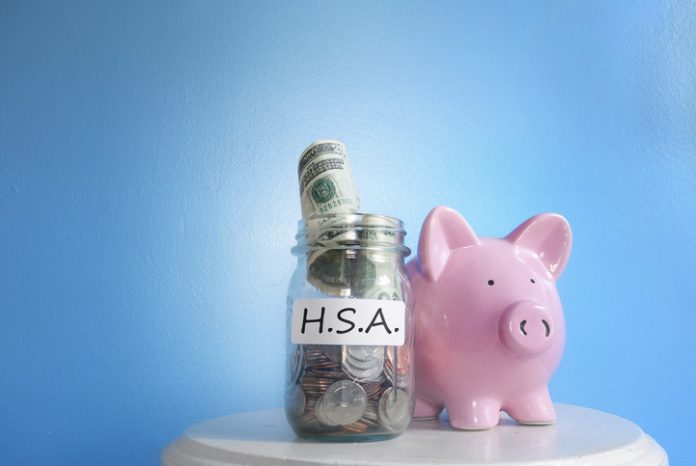By Joel White
Democrats decry Health Savings Accounts (HSA) as a tax haven for the rich that provides coverage that is unaffordable to average Americans.
Many Democrats specifically target the HSA requirement that the health insurance accompanying the HSA has a minimum deductible—currently set at $1,500 in 2023—as burdensome on the middle class and poor. They say it is difficult, if not impossible, for low-income families to put away several hundred dollars a month in an HSA to finance their out-of-pocket costs.
U.S. Rep. Lloyd Doggett (D-TX), Ranking Member of the Health Subcommittee on Ways and Means, put it clearly.
“There are data showing that the majority of U.S. households have less than $3,000 in their checking and savings accounts, but the average deductible for an HSA is about $2,500. So, for many who have an HSA, an emergency can still wipe out families’ savings … Having an account doesn’t mean you have much—or any—money in it.” His solution? Everyone should get an Obamacare plan or a new government-run health policy.
There’s just one problem: average deductibles on Obamacare’s exchanges are $2,000 more for the typical plan than the HSA average.
Government to the Rescue?
Pursuing an agenda to put more people in a program where they pay more (and get less access to doctors and drugs) isn’t compassionate—it is dogmatic adherence to ideology.
HSAs have been a staple of the health plan market for 20 years, with about 35 million accounts covering 67 million people. The average account holds $3,725, far from being a tax haven for the wealthy, but enough to pay for a typical plan’s deductible. Seventy-eight percent of health savings account holders have a household income of less than $100,000.
But no matter your income, high deductibles are coming for all Americans. The question is, will Congress help all HSA account owners with smart policies that allow people to use tax-free dollars to pay for their health coverage obligations? Congress could pursue several ideas.
Time to Modernize the HSA
The first option is to reform outdated rules around deductibles. The point of having a deductible is to encourage insured people to be more careful in accessing care. In practice, high-deductible health plans may discourage access to predictable, necessary care, like insulin for diabetics, as costs may be front-loaded and unaffordable.
Congress should amend the 20-year-old rules that set minimum HSA deductibles ($1,500 in 2023) in regulation by separating the HSA from the high-deductible health plan requirement. If a plan provides a minimum value (70 percent paid in medical claims, for example), the plan should be able to escape the minimum deductible requirement. Plans could provide zero-dollar coverage for preventive care, insulin for diabetics, telehealth services, and so on.
Another option Congress should pursue is creating new gig-worker HSAs by allowing multiple employers (DoorDash, Walmart, etc.) to deposit funds into an HSA, and allow the gig worker to buy an individual policy without triggering reclassification as an employee. This helps the millions of gig workers who may go without coverage because they are ineligible for a full-time employee plan.
Additionally, Congress should provide HSA options for people who qualify for Medicaid, Indian Health Service, or Veterans Affairs benefits, including a government deposit to help with out-of-pocket costs. For low-income people, Congress should allow government subsidies to be deposited into new HOPE accounts if patients engage in value-based care arrangements, like the Healthy Indiana Plan that rewards Medicaid enrollees for taking better care of their health.
Building on ‘Choice’
The health care coverage system and its funding in this country is a hybrid—consisting of a wide range of funding sources: the federal government, state funding, unions, large and small employers, and, ultimately, individuals through premiums or tax dollars.
Some argue the government (i.e., taxpayers) should be the only source of funding and the only choice. Others want to see options that build on options for the individual, employers, and those who don’t want to be forced into one government model. In other words, building on the “choice” model which has worked to provide coverage for 90 percent of Americans in Medicare and employer coverage.
Now, with tens of millions of Americans benefiting, it’s time for Democrats to decide whether they want to support people where they are with what they have or force them into a program where they will pay more.
Joel White (jwhite@horizondc.com) is president of the Council for Affordable Health Coverage (CAHC). A version of this article appeared in RealClearPolicy on August 28, 2023. Reprinted with permission.





















